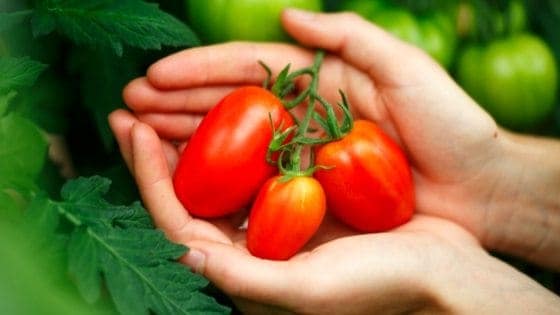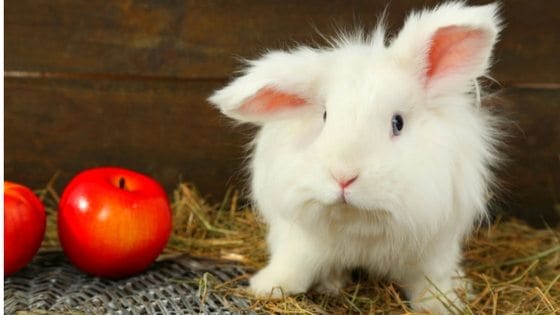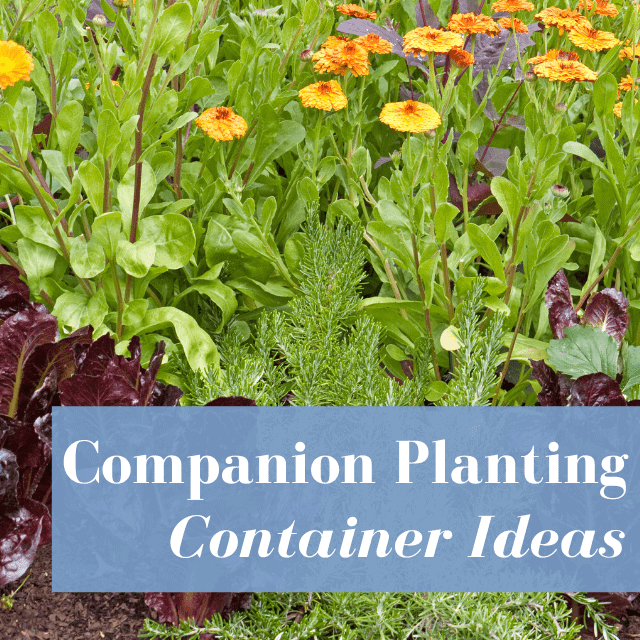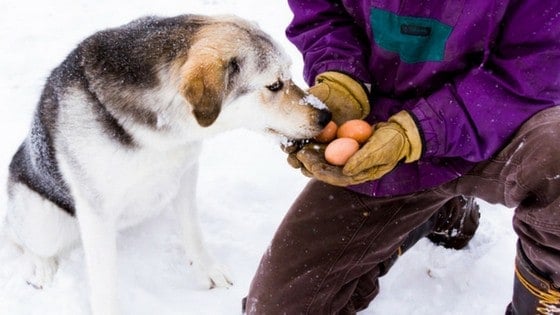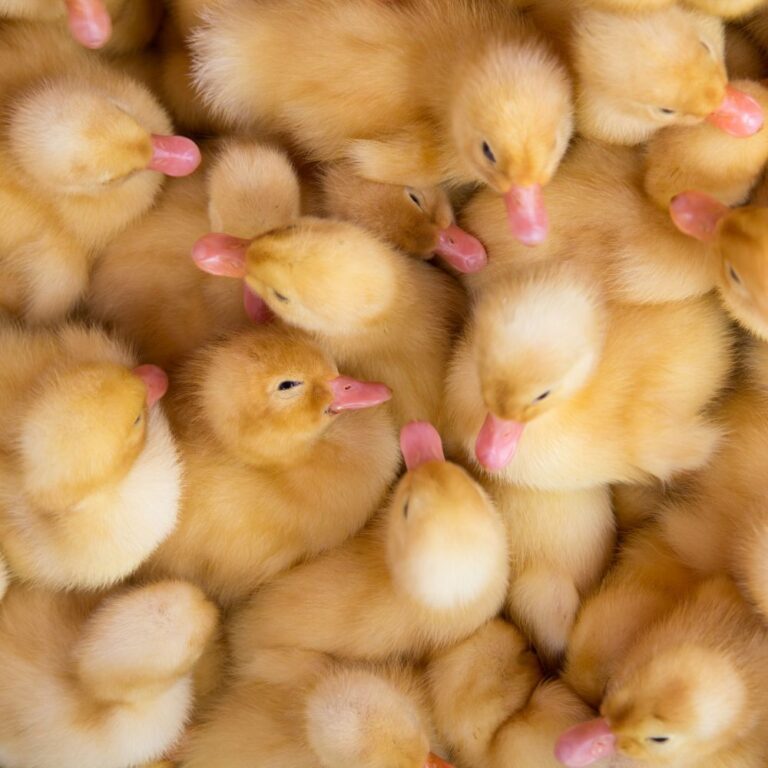Read any gardening article, tutorial, or how-to, and you will inevitably see endless amounts of information about “zones.”
It sounds like something out of a sci-fi movie, but really, it’s not that complicated. Gardening zones, or hardiness zones, refer to the areas set out by the USDA for planting. The USDA Hardiness Zone Map separates North America into 11 separate planting zones, with each growing zone about ten degrees Fahrenheit warmer or colder on average than an adjacent zone.
If you’re new to gardening, here’s everything you need to know about gardening zones.
What Are Gardening Zones – and Why Are They Useful?
Gardening zones make it possible for you, as a gardener, to compare your climate with the climate where a plant is known to grow well. Information about your gardening zone can tell you not only which plants will grow well in your region based on temperature but also based on rainfall.
The most updated zone maps don’t just take into consideration these factors, but also things like changes in elevation, proximity to bodies of water, and terrain features, making them even more accurate when it comes to predicting the temperature and its effects.
Gardening zones are separated by ten-degree differences, spanning the lowest up to the highest potential cold weather conditions. The types of vegetation that has the lowest numbers can survive the coldest weather, and those with higher numbers prefer warm climates. If a plant falls right in the middle – for example, if it belongs to gardening zone 3-7 – it can survive a bit of cold but probably not prolonged freezing conditions. It will likely not hold up well to desert heat, either.
When you buy plants either from a nursery or online, you’ll notice that they are broken down into hardiness zones. These often are broken down further into “a” and “b” counterparts. We will break down the various zones for you below – and while we won’t go into detail about the “a” and “b” counterparts there, essentially all you need to know is that plants marked with “a” usually tolerate winter temperatures about five degrees cooler than those marked with “b” for the same gardening zone.
Once you know your gardening zone, you can choose the best plants for your area without having to waste your money on plants that will inevitably die. You will be able to provide better care for your plants and you may even discover that some of the plants you grow are much more versatile than others. By understanding which plants work best for your gardening zone, you can grow a more diverse, more successful garden.
How to Find and Interpret Your Gardening Zone
There are numerous hardiness zone tools available online. These will tell you all kinds of information, such as temperature ranges, first and last frost dates, and even the type of ecological system in which you live. You can also refer to one of many USDA gardening zone maps online, which are usually color-coded for easy comprehension.
Each plant type has its own designated hardiness zone, meaning the plant will be tolerant of the lowest temperature in that area. Planting outside the hardiness zone can result in your plants being shocked by extreme cold or heat. Therefore, it’s important to understand your gardening zones to hat you can choose the best trees, vegetables, shrubs, and other plants for your area.
Zones aren’t stagnant entities, either. As the climate continues to change, zones can change, too. They are usually updated every few years. The USDA continues to get better at classifying zones as it focuses in on certain features of climate that can affect plant growth beyond temperature, such as wind, urban heat, humidity, and rainfall.
Make sure you know your exact gardening zone and don’t just assume that the farther north you are, the lower your gardening zone will be. Average temperatures aren’t just affected by latitude but also by other factors, as we’ve mentioned already. Seattle, for instance, has a warmer gardening zone than Baltimore – which is located much further south.
The 11 Gardening Zones of North America
Here, we will break down for you the major gardening zones. Interested in learning which gardening zone applies to you? Look at the
Zone 1-2
Winter Temperatures Can Reach: -60 to -40 degrees Fahrenheit
Includes: Northern and Central Alaska
What to Plant: Lettuce, kale, asparagus, broccoli, eggplant, vine tomatoes (plants with short times between planting and harvest)
Growing Season: April to September
Zone 3-4
Winter Temperatures Can Reach: -40 to -20 degrees Fahrenheit
Includes: States bordering Canada such as upstate New York, Vermont, New Hampshire, North Dakota, Minnesota
What to Plant: Broccoli, asparagus, spinach, lettuce, kale, vine tomatoes, eggplant, strawberries, sweet peas, potatoes, winter squash
Growing Season: April to October
Zone 5-6
Winter Temperatures Can Reach: -20 to 0 degrees Fahrenheit
Includes: Colorado, Nebraska, Iowa, New York, Massachusetts, Pennsylvania, New Jersey, Connecticut
What to Plant: Corn, squash, tomatoes, melons, strawberries, beans, lettuce, leafy greens in the fall and spring only
Growing Season: March to October
Zone 7-8
Winter Temperatures Can Reach: 0 to 20 degrees Fahrenheit
Includes: Arizona, Northern Texas, Tennessee, North Carolina, Oregon, Northern California
What to Plant: Tomatoes, corn, melons, collard greens, squash, carrots, bush beans, leafy greens during cold months
Growing Season: March to November
Zone 9-10
Winter Temperatures Can Reach: 20 to 40 degrees Fahrenheit
Includes: Central Florida, Southern California, Arizona
What to Plant: Tomatoes, squash, melons, peppers, yams, peaches, citrus, figs, bananas, salad greens and peas during cold months only
Growing Season: February to November
Zone 11-13
Winter Temperatures Can Reach: 40 to 70 degrees Fahrenheit
Includes: Los Angeles, San Diego, Miami, Hawaii, Puerto Rico
What to Plant: Passionfruit, sweet potato, cassava, mango, Thai chili peppers, citrus, taro, bananas, Okinawa spinach, pineapple
Growing Season: Year-round
How to Work With (Instead of Against!) Your Gardening Zone
Start by figuring out your gardening zone with one of the tools mentioned above, and then realize that there are ways to make your gardening zone work for you – instead of against you.
Just because you live in a cold growing zone (we’re looking at you, zone 2) doesn’t mean that you can’t grow anything at all. You just need to become more skilled at planning and being flexible when it comes to your garden.
First, realize that plant hardiness zones vary. As accurate as the USDA attempts to be in its estimations of growing zones, there are variations. Some chunks of a zone will receive a ton of rainfall, while others in the same zone might be very dry.
Either way, use a planting schedule based on your area to take the guesswork out of gardening. These will give you a better idea of when to start seeds inside and whether there are crops that can be planted a second time in a season in your gardening zone.
You may have to change what you want to grow. Sorry, zone 4 folks – you aren’t going to be growing pineapples outside any time soon! There are some plants that just don’t work in certain areas.
However, there are always ways you can make it work. For example, you can grow heat-loving plants indoors in containers or you can use a greenhouse to extend your growing season. Additional tools, including frost protection methods like row covers and cold frames, can help make it possible to create the ideal gardening environment, too.
What to Keep in Mind With Your Gardening Zone
Like all things in life, gardening zones aren’t perfect. There are some situations that zone maps aren’t fantastic at working with.
For example, the USDA map does an excellent job of determining the garden climates of the eastern portions of the United States. Since this section is relatively flat, it’s easy to draw zone lines parallel to the Gulf Coast every 120 miles or so as you move north.
Yet there are still drawbacks. In this region, the USDA map doesn’t take into consideration how helpful snow cover can be over perennial plants or the regularity of freeze-thaw cycles (we all know how unpredictable those infamous January thaws can be!). In addition, it doesn’t factor in soil drainage during cold months.
Moving westward, the gardening zone maps become even less reliable. Once you reach North and South Dakota down through Texas – and then moving westward- you’re going to struggle to figure out the most accurate gardening zone because of the elevation. In addition, as you get closer to the Pacific Ocean, it’s more challenging to predict temperature and weather because of the unpredictability as patterns move over numerous mountain ranges.
As a general rule of thumb, though, knowing your gardening zone is a great place to begin if you are new to gardening. It will help you figure out which plants may not make it in your climate – and which ones will thrive.
Maat van Uitert is a backyard chicken and sustainable living expert. She is also the author of Chickens: Naturally Raising A Sustainable Flock, which was a best seller in it’s Amazon category. Maat has been featured on NBC, CBS, AOL Finance, Community Chickens, the Huffington Post, Chickens magazine, Backyard Poultry, and Countryside Magazine. She lives on her farm in Southeast Missouri with her husband, two children, and about a million chickens and ducks. You can follow Maat on Facebook here and Instagram here.

![Substitute Honey For Sugar & Get Perfect Baked Goods [Conversion Chart]](https://thefrugalchicken.com/wp-content/uploads/2017/06/Can-I-substitute-honey-for-sugar-feature.jpg)
